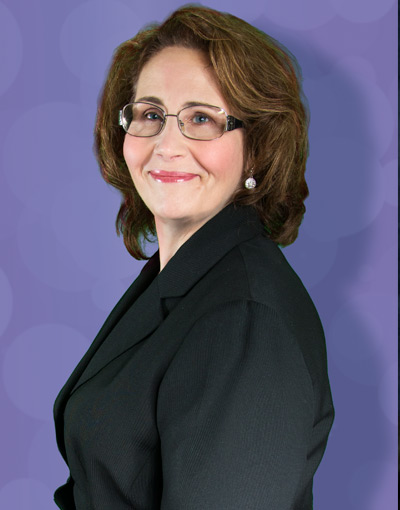
Do you clam up when you finally get on the phone with your prospect? Or worse, do you follow a pre-planned script without letting your prospect get a word in edgewise? On this episode of Predictable Prospecting we’re joined by sales expert and host of the iconic Sales Babble Podcast Pat Helmers for a discussion … Read more
Episode 53: Inside the 2017 Trends and Tech Guide For B2B Sales + Marketing – William Wickey
In this episode we’re chatting with William Wickey, an expert in media and content strategy at LeadGenius. LeadGenius recently teamed up with Prezi and Ambition to release their 2017 Trends and Tech Guide for B2B sales and marketing professionals. William is here to share insider tips and tricks for getting the most out of the … Read more
Episode 52: Connecting with Your Network – Vitor Bruno
How many of us actually meet with clients and prospects face-to-face to pitch our products and ideas? In the USA it’s almost unheard of to show up at your client’s door wanting to talk business in person. In Brazil, “neighborhood selling”, or building relationships with prospects and your network by making in-person connections, is the … Read more
Episode 51: Asking the Right Questions – Deb Calvert
Curiosity might have killed the cat, but it can save the sales rep! In this episode we’re joined by Deb Calvert, President of People First Productivity Solutions and an expert on asking the right questions to target buyers at the top of funnel. Deb explains her innovative DISCOVER method for asking questions, why you shouldn’t … Read more
Episode 50: Using Neuro-Linguistic Programming for Sales and Business – Erik Luhrs
Did you know that as much as 95% of our decisions are made by the unconscious mind? For a sales professional, this means that nearly all of your selling power needs to be focused on connecting with a prospect on a deeper level than automated emails and trade show booths can provide. In this episode, … Read more
Episode 49: Sales Messaging, Streamlining Email Engine, and Finding a Process that Works – Patty Laushman
Today’s guest is Patty Laushman, founder of Revenue Catapult and an expert at helping B2B companies create a sales process that puts their products in front of the prospects who need it the most. She’s here today to dispel the myth that salespeople can’t write good messaging, explain how a successful email marketing campaign will … Read more
